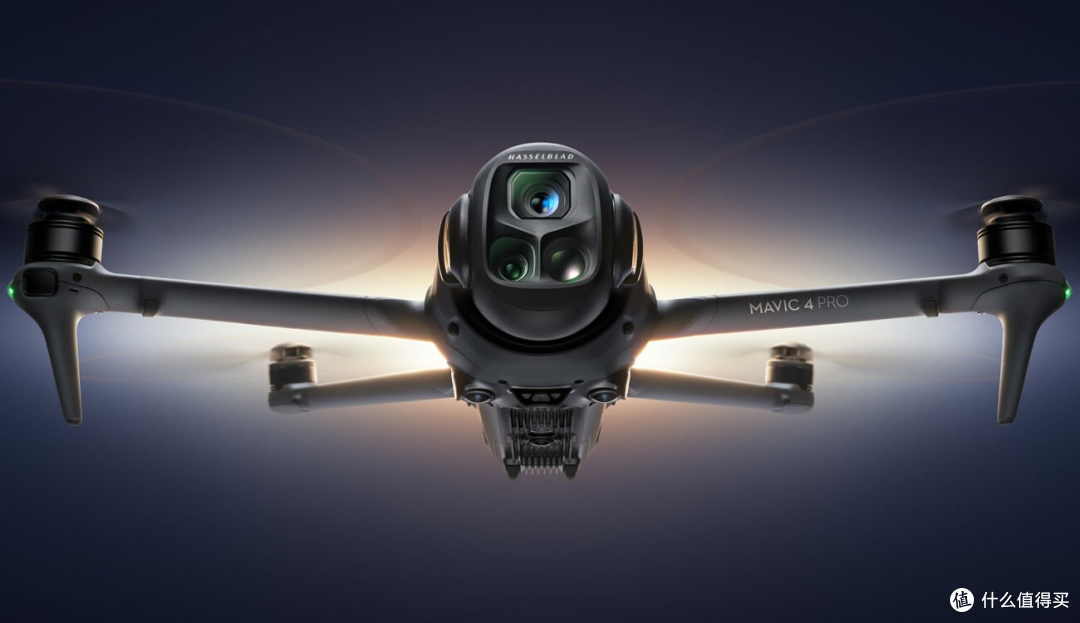In modern agriculture, agri spray drones have emerged as revolutionary tools for optimizing crop yield and efficiency. Farmers globally are increasingly leveraging these advanced technologies to ensure maximum productivity while minimizing the effort and time usually associated with traditional farming techniques. The term agri spray drones encapsulates the essence of precision agriculture, offering a significant boost in how crops are nurtured and treated.
encapsulates the essence of precision agriculture, offering a significant boost in how crops are nurtured and treated.
Introduction to Agri Spray Drones
Agri spray drones encompass devices designed to enhance agricultural productivity through precision spraying. These unmanned aerial vehicles are equipped with sophisticated systems to carry agricultural inputs such as fertilizers, herbicides, and pesticides across expansive fields. The agility of spray drones allows them to reach underserved areas, ensuring every inch of farmland receives the necessary nutrients and treatments.
With their rapid deployment capabilities, spray drones can cover vast fields much quicker than conventional methods. This efficiency translates into more accurate applications, reducing overall waste and enabling farmers to invest their resources in other critical areas.
Benefits of Using Agri Spray Drones
- Precision: Drones map out fields using GPS technology, allowing targeted spraying which results in more precise application.
- Time-saving: Compared to manual processes, drones can spray hectares in mere minutes.
- Cost-effective: They reduce the amount of chemical needed due to more accurate applications.
- Environmental impact: Reduced chemical usage enhances biodiversity by limiting chemical exposure to non-targeted areas.
Technological Advancements in Agri Spray Drones
Today’s agri spray drones come with improved features like obstacle avoidance and automated route planning. With the integration of artificial intelligence, these drones can adjust spraying patterns in real-time based on data analytics gathered from the field. Moreover, the growing trend of GPS technology integration allows drones to operate autonomously, thus optimizing efficiency.
Challenges and Considerations
Despite their advantages, agri spray drones also present certain challenges. Regulatory limitations in some regions may restrict drone use, necessitating adaptation strategies for compliance. Additionally, the initial setup cost might be high, although long-term savings and increased yield potential often outweigh these initial expenses.
The importance of maintenance and regular updates cannot be understated. As with any technological device, ensuring peak performance requires periodic check-ups and software updates, which sometimes might incur additional costs.
Implementing Agri Spray Drones
Implementing these drones into farm operations starts with understanding farm needs and mapping out appropriate strategies for drone usage. Farmers must evaluate field size, crop type, and climate conditions to tailor drone applications effectively. Collaboration with technology providers can facilitate smoother integration and offer solutions tailored to specific agricultural requirements.
Frequently Asked Questions
What are the cost implications of adopting agri spray drones? The expenses can be high initially due to equipment costs, but improved yields and reduced chemical usage provide significant savings over time.
Are there any safety concerns? As with any aerial device, safety precautions are necessary. Many drones come equipped with safety features to minimize risk.
What is the regulatory stance on drone usage? It’s essential to check local regulations as they vary widely and might affect the deployment strategies.
How do drones affect biodiversity? By reducing chemical runoff, drones protect non-targeted organisms, promoting a healthier ecosystem.
In conclusion, agri spray drones represent a compelling frontier in agricultural innovation. As technology progresses, farmers who embrace these changes can expect significant gains in efficiency and crop yield, paving the way for a more sustainable and productive future.